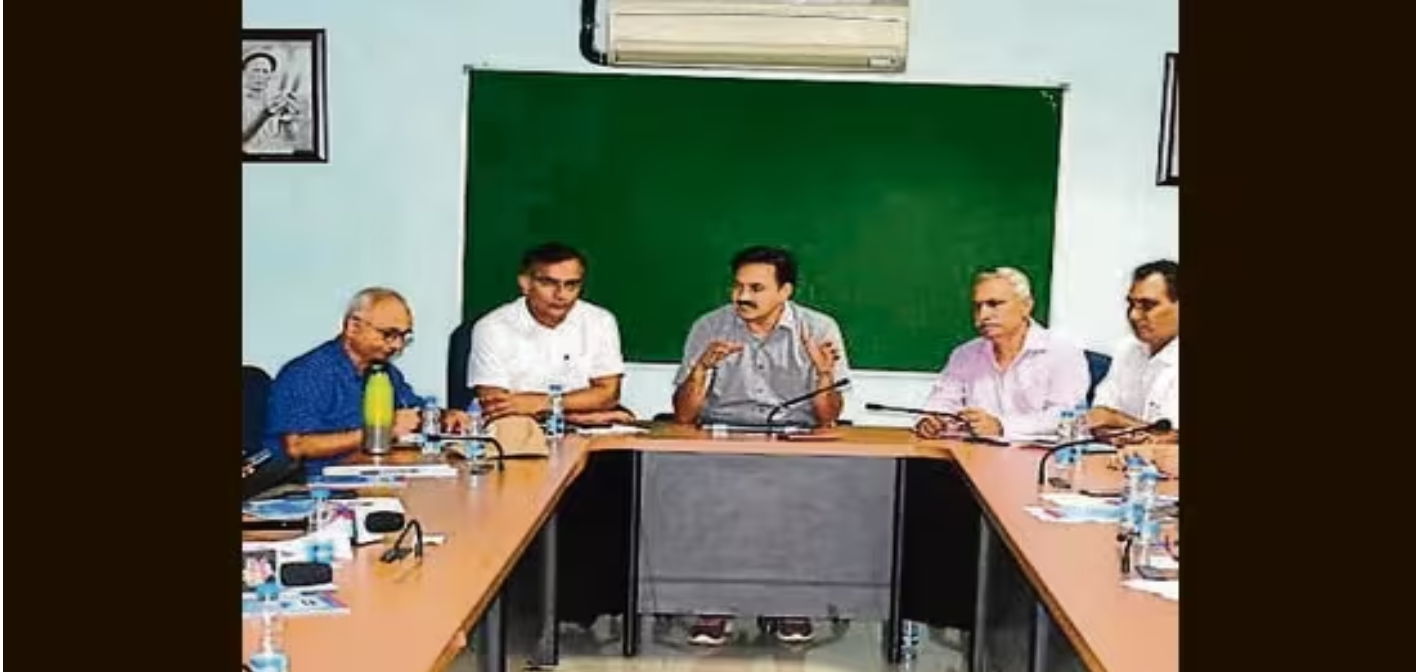Maize: A crucial candidate for bioethanol production

While a considerable portion of ethanol blending is traditionally sourced from sugarcane, reaching the 20% blending target requires diversification of feedstock
Experts from the ICAR-Indian Institute of Maize Research (IIMR), Ludhiana, in a press conference on Friday, have underscored the need to ramp up maize cultivation owing to the suspension of rice supplies for ethanol production by Food Corporation of India’s (FCI).
Under the Ethanol Blend Programme, the Indian government aspires to blend 20% ethanol with petrol. While a considerable portion of ethanol blending is traditionally sourced from sugarcane, reaching the 20% blending target requires diversification of feedstock. FCI rice has contributed to ethanol production, but has raised concerns about food security in the country.
To counterbalance the suspension of rice supplies, authorities have turned their attention to maize, an industrial crop primarily utilized in animal feed. Meanwhile, the emergence of bioethanol production from maize offers a compelling avenue for crop diversification, especially in regions like north-western India, including Punjab.
Despite higher minimum selling price of maize compared to rice, its procurement remains reliant on the open market, creating uncertainties for farmers.
Director of IIMR, HS Jat, stressed the necessity of an additional 17 million tonnes of maize to meet half of the E20 target. Jat emphasized that with increased demand, maize could command a more favourable market price, potentially transforming its prospects for farmers.
Dharam Paul, a biochemist at IIMR, revealed ongoing research efforts to develop maize hybrids with elevated starch content, a crucial factor in enhancing bioethanol production. Dr SB Singh, a breeder at IIMR, highlighted the institute’s success in cultivating high-yielding maize hybrids like IMH-222 and IMH-223, which stand at par with popular hybrids across the country. The institute’s extensive trials in Punjab demonstrated the feasibility of harvesting 27-32 quintals per acre of maize grains during the Kharif season.
Ramesh Kumar, another breeder at IIMR, revealed the institute’s proactive approach to licensing maize hybrids to private companies under a non-exclusive model for commercial seed production. Agronomist at IIMR AK Singh emphasized the environmental advantages of maize over rice, citing its lower water footprint and positive impact on soil health, factors that contribute to natural resource conservation.
A Biotechnologist at IIMR Alla Singh highlighted the potential of maize dried grains with solubles, a by-product of the ethanol industry, as a rich source of fiber for cattle nutrition. Director HS Jat concluded the conference by asserting that an enabling environment, coupled with government defined terms and conditions for bioethanol procurement, positions the sector for expanded maize production. He expressed optimism about the future of maize cultivation and encouraged farmers to participate in this program for comprehensive agricultural development














